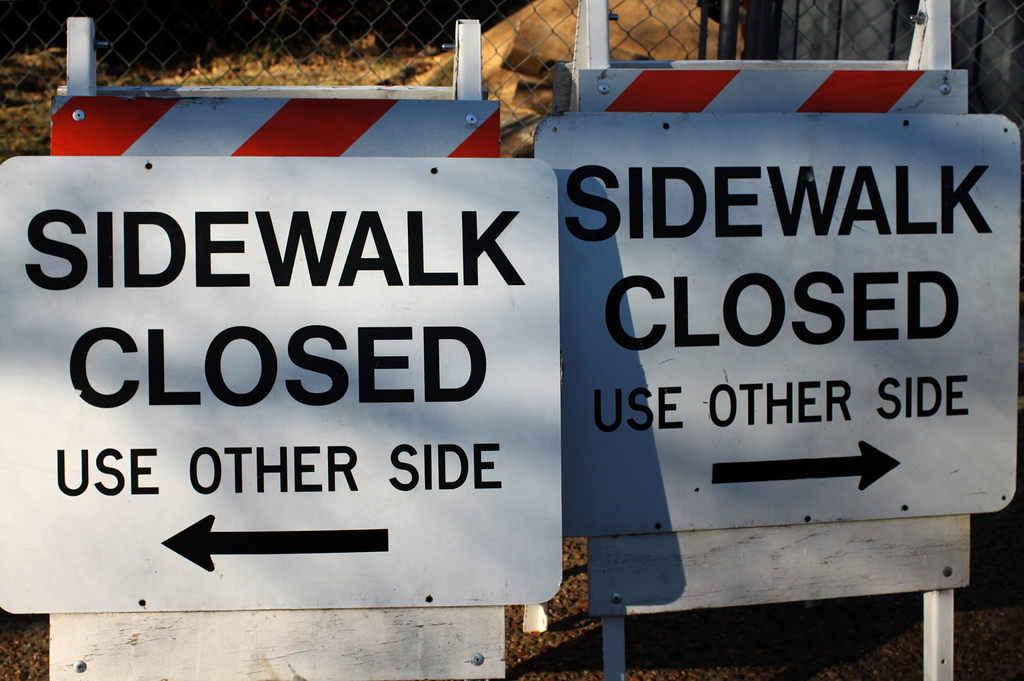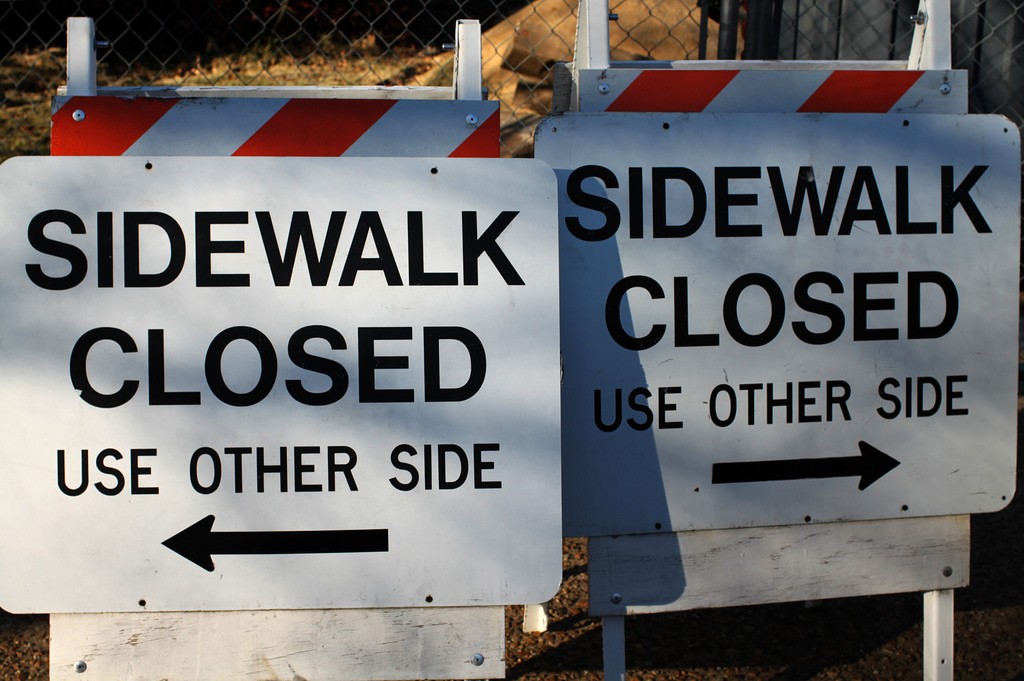
Continuity in Writing

Finding What Doesn’t Add Up While Editing
Whether you are a Plotter or a Pantser when it comes to writing (see my post Writing: Plotter vs. Pantser), one thing all writers have in common is the need to work feverishly to get the story down on paper. What can often slip through the cracks during this mad rush to tell a story, however, is continuity.
Continuity is what helps the story make sense. Without it, or if it isn’t consistent, the reader will be brought away from the flow of the story, wondering if somehow, they skipped a detail along the way. You don’t want your readers having to back up several pages, or chapters even, to figure out what crucial detail they must have missed.
There were three friends that entered this building, but only two left. Where did the other one go?

The protagonist is described as being a tall amazon of a woman one minute, but later on, is having trouble reaching the higher shelves.
A character in a group scenario with his friends, stops being included in the conversation or mentioned entirely. After the reader has forgotten about him, he reappears five pages later.
Another time when continuity can easily take a nose-dive, is when you are trying to tell the same scene from multiple character’s perspectives. You may find that somehow the dialogue doesn’t match up, or the actions in the narrative also aren’t aligning. The same scene may be told by two different characters, but most of the concrete details should stay the same. The only differences would be in what the characters feel about the same scene (their internal dialogue), or what happens if the two characters leave each other and their scene splits in two directions.
For example: If Character Two (whose point of view we are now following) leaves the main scene into another room, the details of the new room and what happens inside of it will be shown here. These details would not have been in Character One’s account of the same scene in the previous chapter. They would have witnessed Character Two leave the room and then would have continued whatever it was they were doing in the current room. Make sure the exit of Character Two from the scene happens at the same place in both accounts, no matter whose perspective is being told.
This ensures continuity within the scene. Making sure what happens in one scene, carries through to the next, without losing important details along the way.
We see it in movies all the time where there is a character with a black eye in one shot, and in the next, the eye affected has somehow switched to the other one. What happened? Lack of continuity. Someone fell asleep along the way and forgot which eye was supposed to be blacked out. It happens. No harm done right?
Wrong.
As a viewer, now I’m taken out of the story asking aloud, “They just screwed up right? Did anyone else see that?”
Have no fear, however, for there is a way to fix this! Editing. I know it sounds cheesy, because of course all writers know about editing, but this is precisely why we edit.

Don’t be the writer who leaves one person behind in a burning building, or have a character from France speaking choppy English one minute, only to have them lose all signs of their difficulties with the new language in the next.
Anything that gives you pause as the writer while re-reading your own story, will surely make your readers pause as well.
Once you think your work is at its very best, wait a month and then read through it again, just to be sure. Have family and friends read your story and give you feedback, paying particular attention to the continuity throughout the manuscript. Find a writer’s group and have some beta readers read through it. Then, you’ll really know if your story makes sense and all the pieces are in place.
Whatever you do, make sure none of your characters are left in the dust. Once you’re sure your writing now has continuity, read through your book once more for good measure (it never hurts to have a final look), and when you’re happy with it, put it out there. You would be remiss not to share your polished and amazing story with the world!
They say an elephant never forgets. Well, we aren’t elephants. We’re only human. Edit. Edit. Edit again. Then, if you can find an elephant that beta-reads, you’ll be gold.



2 Comments
Jackie
Loves these behind-the-scenes looks at writing! So interesting. And that underwater drawing is great-can’t wait to see what it looks like all colored!
JHWinter
Thank you Jackie! The underwater drawing is already finished, but it took some trial and error getting is just right. I’ll be sharing the process on that one soon!